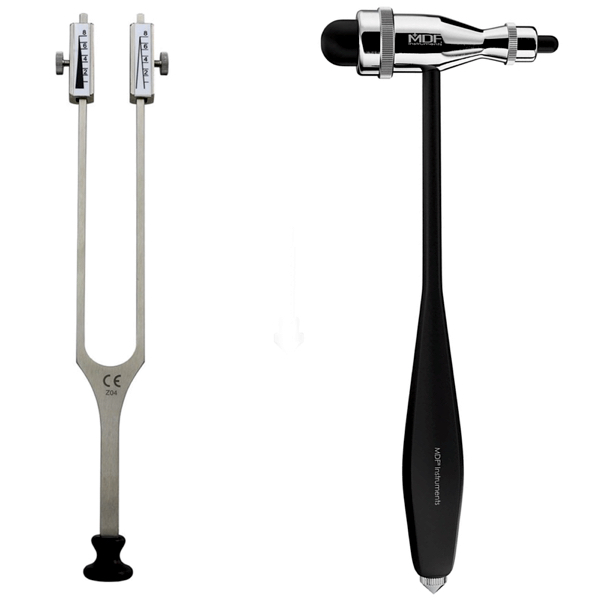Sialorrhea, more commonly known as drooling, is the medical term for an excess spillage of saliva from the mouth. It is a common symptom in certain neurodegenerative diseases, such as Parkinson’s disease (PD).
WHAT CAUSES SIALORRHEA?
In many patients with sialorrhea, it’s not that their salivary glands are making too much saliva — it’s that their neurodegenerative disease, such as PD, makes it hard to swallow.
The saliva builds up or “pools” in the mouth, which leads to drooling.
Sialorrhea can also have physical consequences, including:
- Chapped lips, irritated skin around the mouth, and oral hygiene issues
- Sleep problems and increased tiredness
- Respiratory infections, such as pneumonia, and breathing problems
Resources:
Migraine
A migraine is a type of headache. It may occur with symptoms such as nausea, vomiting, or sensitivity to light and sound. In many people, a throbbing pain is felt only on one side of the head.
Focal Spasticity
Spasticity is a condition in which muscles stiffen or tighten, preventing normal fluid movement. The muscles remain contracted and resist being stretched, thus affecting movement, speech and gait.
Cervical Dystonia
Cervical dystonia is a rare neurological disorder that originates in the brain. It is the most common form of focal dystonia in an office setting. Cervical dystonia is characterized by involuntary muscle contractions in the neck that cause abnormal movements and postures of the neck and head.
Sialorrhea
Sialorrhea, more commonly known as drooling, is the medical term for an excess spillage of saliva from the mouth. It is a common symptom in certain neurodegenerative diseases, such as Parkinson’s disease (PD).




